4.1 Population Characteristics
1/18
Earn XP
Description and Tags
Name | Mastery | Learn | Test | Matching | Spaced |
|---|
No study sessions yet.
19 Terms
Define Species
group of organisms which have ability to interbreed, under natural conditions, to produce fertile offspring

Define Population
group of organisms of same species that are living in same area at same time

Define Habitat
place where species normally lives

Define Niche
role or function of species within an ecological community
Define Community
all populations in a given ecosystem at a given time

Define Ecosystem
living (biotic) and non-living (abiotic) components that function as a unit in a given area or volume

Define Population Density
number of individuals of species per unit area or volume
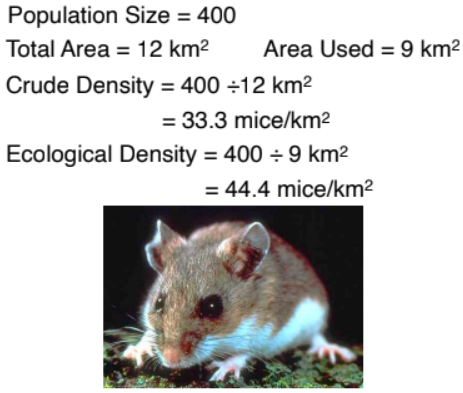
Define Crude Density
number of individuals per total area
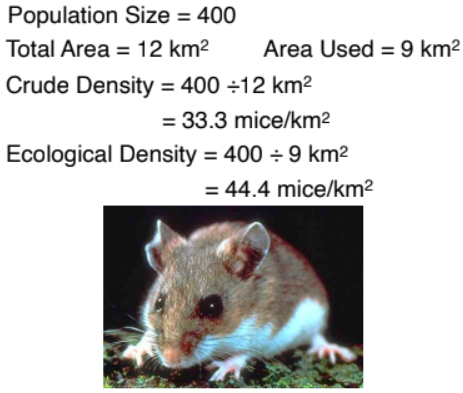
Define Ecological Density
number of individuals per unit area that is actually used
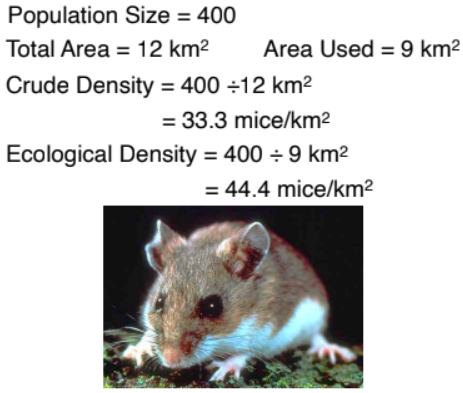
Tell me about Population Dispersion? What are the types of Population Dispersion?
Since resources are not always evenly distributed throughout environments, all populations do not show the same pattern of dispersion
Clumped
Random
Uniform
Tell me about Clumped Populations
most populations show this pattern
Examples: birds “flock”, fish “school”, zebra “herd”, mushrooms on rotted logs
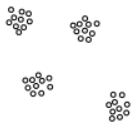
Tell me about Random Populations
when resources are evenly distributed and there is little interaction between individuals
Examples: trees in tropical rain forest (very rare)

Tell me about Uniform Populations
individuals are equally spaced apart (almost never seen in nature, but this is how crops are planted)
Examples: due to strong competition for nest sites, King penguins show this pattern
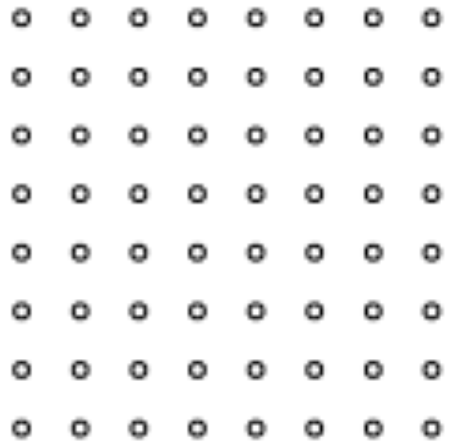
What are the ways to count populations?
Quadrats
Mark-Recapture Sampling
Tell me about Quadrats
for stationary organisms
frame of a given size that is placed at random within a habitat
Count is taken of population size within quadrat
Used to extrapolate size of entire population
quadrat sampled may fall in a clump
(overestimation)
quadrat sampled may fall between clumps
(underestimation)
Tell me about Mark-Recapture Sampling (Steps)
for mobile organisms
Group of organisms is captured, marked in some way and released
After allowing enough time for marked organisms to mix randomly into population, researchers capture a second sample of organisms
Proportion of marked to unmarked organisms in second sample is used to estimate overall population size
Tell me about Mark-Recapture Sampling (Rationale)
You can measure proportion of marked individuals in second sample:
(i.e. 10first sample RECAPTURED out of 100second sample = 10%)
Which is equal to proportion of all marked organisms in population
(i.e. if 50first sample TOTAL were marked, then that’s 10% of all individuals, so population size is 500)
What is the Mark-Recapture Sampling Equation?
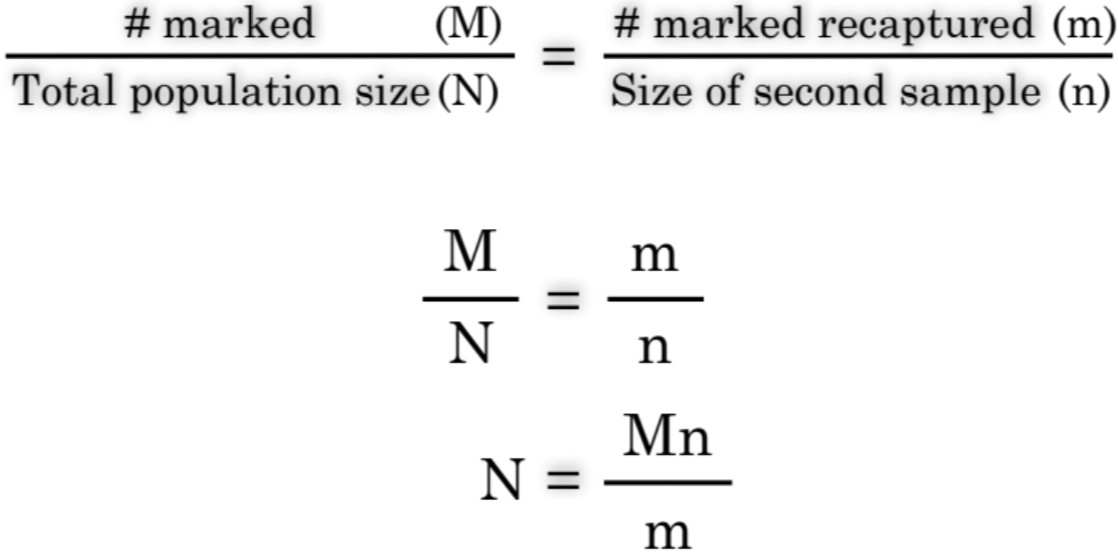
What does Mark-Recapture Sampling accuracy depend on?
equal chance of all organisms being captured
ratio of marked to unmarked individuals is constant (i.e. marking does not affect chance of survival)
during study period population size is constant